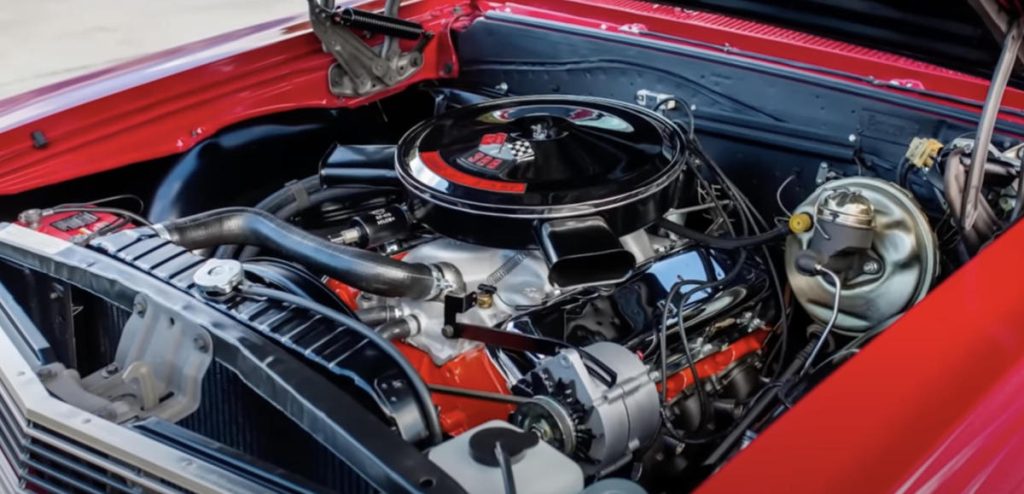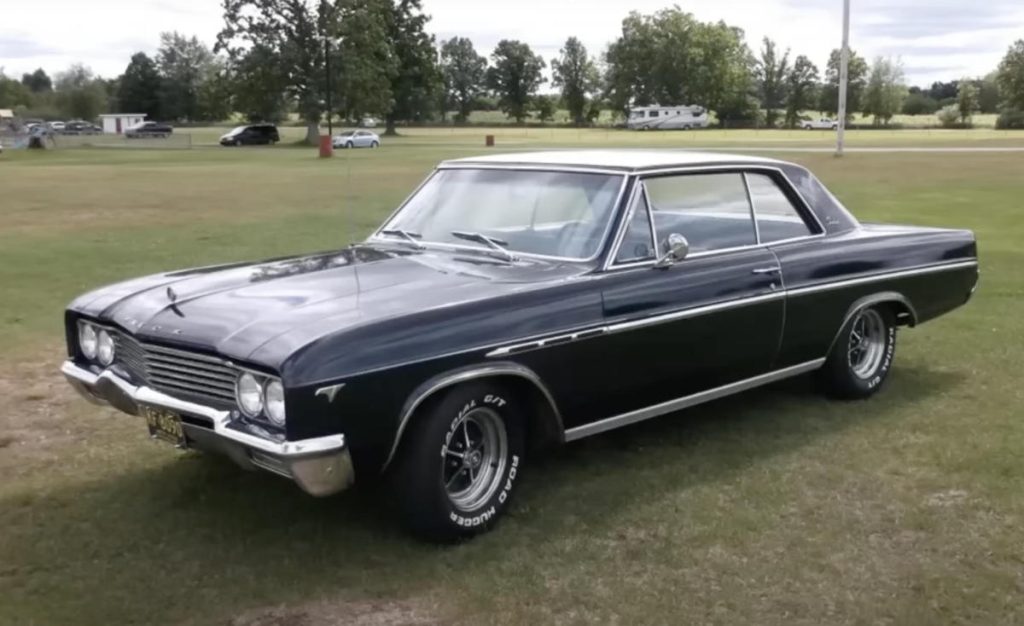Chevrolet’s Chevelle Super Sport, the epitome of muscle cars, holds a remarkable history. This highly sought-after model remains an object of desire for hot rodders and collectors alike. Introduced on September 26, 1963, the Chevrolet Chevelle quickly became one of the brand’s best-selling models, captivating car enthusiasts throughout its production from 1964 to 1977. With a diverse range of body styles, from a sleek two-door coupe to a spacious four-door estate wagon, the Chevelle played a crucial role as a mid-size contender between Chevrolet’s Impala and Nova models, as well as rivaling Ford’s mid-sized Fairlane. In this article, we will delve into the remarkable evolution of the Chevelle SS, tracing its journey from its inception to the iconic 1970 Chevrolet Chevelle SS LS6 454.

Chevrolet’s Response: The Birth of a Legend In 1965, Chevrolet intensified its pursuit of performance. The standard engine for the Chevelle Super Sport, the 327, received a power boost to 350 horsepower. Additionally, Chevrolet introduced the first big block V8, the 396 (also known as the Mark IV), ushering in the era of muscle cars. However, only 201 Chevelle Super Sports were built with this new engine, known as the RPO Z16, making it an extremely rare and coveted gem. The Z16 Chevelle featured a robust 375 horsepower 396 engine, complemented by various cost-effective yet effective components sourced from Chevrolet’s inventory. The heavy-duty suspension, power brake system from the full-size Impala, and a Muncie four-speed manual transmission contributed to an exhilarating driving experience. Inside, the Z16 Chevelle provided utmost comfort and convenience, including a tachometer, a 160 mph speedometer, and deluxe front and rear seat belts.

Evolution and Refinement: The 1966-1969 Models 1966 brought significant changes to the Chevelle lineup, most notably a complete body redesign. The Super Sport variant became a distinct model, shedding the Z16 package along with the 283 and 327 engines. However, the iconic 396 engine continued to power the SS, offering horsepower options ranging from 325 to 375. The following years witnessed additional updates, including safety enhancements like a collapsible steering column and a warning light for brake failure. The 375 horsepower version of the 396 was dropped early in the 1967 production year, but the Chevelle SS remained a force to be reckoned with.

Roaring Into the 1970s: The Unforgettable LS6 As the new decade arrived, the Chevelle underwent a complete restyling for the 1970 model year, solidifying its place as a true muscle car. The 396 engine received a displacement increase to 402 cubic inches, while two new engines, the LS5 and LS6 454, made their debut. The LS5 boasted 360 horsepower, but it was the LS6 that truly stole the spotlight with its incredible 450 horsepower and 500 pound-feet of torque. The 1970 Chevelle SS also introduced groundbreaking styling features, including a functional cowl induction hood and tail lights mounted in the rear bumper. With its twin racing stripes and a wide range of customization options, the Chevelle SS-396 became an iconic symbol of automotive power and style.

Final Years and Legacy: The Chevelle’s dominance gradually waned as the muscle car era drew to a close. In 1971, Chevrolet introduced the Heavy Chevy, a cost-effective option package aimed at insurance-conscious buyers. The subsequent years witnessed a decline in performance and horsepower due to government regulations and the oil embargo of the early 1970s. The 1973 restyling, known as the colonnade body style, shared a platform with other A-body vehicles, such as the Monte Carlo. Despite the challenging circumstances, Chevrolet continued to offer the SS as an appearance package, providing distinctive styling elements. However, the 1975 model marked the end of an era, as it was the final year for the big block engine, with the 454 V8 producing a mere 235 horsepower.

By 1977, the Chevelle’s glory days were behind it. The performance options were limited, and the model faced dwindling sales. As General Motors downsized its intermediate models in 1978, the Chevelle name was dropped, leaving the Malibu as the sole successor. Today, the Malibu is associated with Chevrolet’s attempts to compete in the mid-sized car segment, targeting models like the Toyota Camry and Honda Accord.

Nonetheless, the legacy of the Chevelle lives on. Its iconic status continues to captivate automotive enthusiasts. The 1970 Chevelle SS LS6, in particular, is hailed as the ultimate muscle car of its time. With its impressive power, unique styling, and limited production, it remains highly coveted among collectors. The 1970 Chevelle’s enduring popularity is evident in its frequent appearances in movies, music videos, video games, and even die-cast models.

In conclusion, the Chevrolet Chevelle Super Sport holds an illustrious place in automotive history. From its humble beginnings as a mid-sized model to its transformation into a powerhouse of performance, the Chevelle SS captured the hearts of car enthusiasts worldwide. The pinnacle of its success was the 1970 Chevelle SS LS6 454, a marvel of engineering and design. Though its reign was relatively short-lived, its impact on the automotive industry and the hearts of muscle car enthusiasts endures to this day. The Chevelle Super Sport will forever be celebrated as a true icon of power, style, and American automotive heritage.



